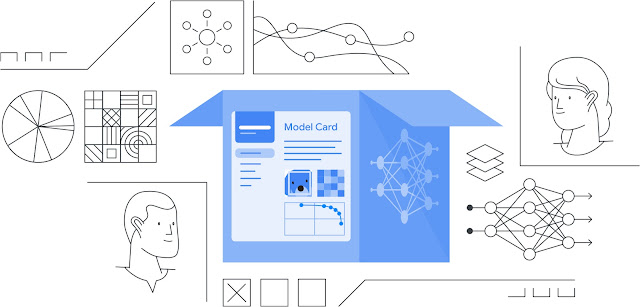Model Drift in Machine Learning
We expect our model to perform the same as it does with the training data. However if the distribution of production data is different from that of the training data, this may lead to Model Drift. Model drift refers to the decay of the model’s predictive power. Model Drift occurs when: Training data is poorly sampled There is a change in the underlying business context Why is important to monitor Model Drift? It is necessary to monitor performance for model drift to ensure accurate predictions and check if retraining is required. Kinds of Drift Data Drift/Feature drift — When there is a change in the input feature. Ta rget Drift — When there is a change in the distribution of the target variable. Concept Drift — When there is a change between the pattern or the relationship between the predictors and the outcome. Data Drift: This is also known as feature drift, population drift or covariate drift. Data drift is observed when there is a change in the distribut...

